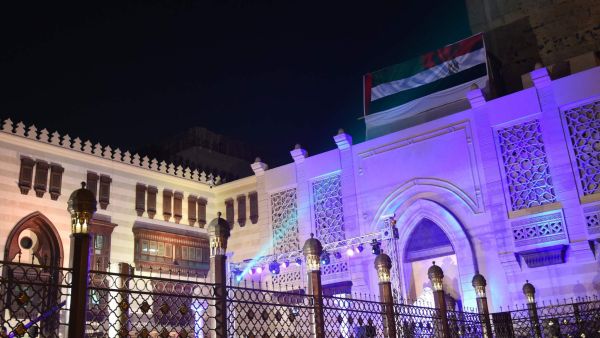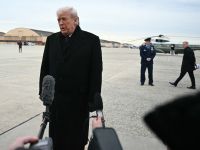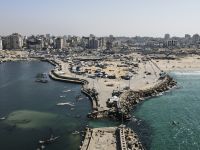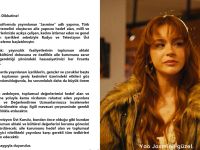In 2014, a car bomb destroyed the Egyptian Museum of Islamic Art. Then this happened: The United Arab Emirates helped rebuild the interior of the building. The Italian government helped to design and purchase new display cases and to train curators. The U.S. and Swiss governments worked with local organizations to repair the damaged facade of the building.
The restoration project was overseen by the Egyptian Ministry of Antiquities and carried out by a coalition of these and several other countries dedicated to preserving the museum’s rare collection of ceramics, textiles, metalwork, carved wood and stone artifacts dating back to the seventh century. After the three-year effort, the museum is once again open to the public.
The museum, which is the oldest building built to display Islamic art, has more than 102,000 artifacts, including rare Qurans, a gold-inlaid key to the Kaaba in Mecca and a sword said to have belonged to the prophet Muhammad. Curation and restoration experts from the Natural History Museum in Washington and the Metropolitan Museum of Art in New York, joined by experts from Germany and Austria, worked with the museum staff in Egypt to rebuild the collection.
The blast shattered the windows, scarred the neo-Mamluk facade and damaged more than 170 works of art, destroying 10 glass plates and vessels.
“I think the reopening of the museum is extremely important,” Shahinda Karim, a professor of Islamic art at the American University in Cairo, told National Public Radio in the U.S. “I think it will show people that this was one of the most advanced cultures — and how better to see it than through art?”
The newly renovated galleries display 4,400 pieces of art, up from 1,450 that had been on display before. The museum also has added new halls dedicated to Islamic coins, ancient manuscripts and the daily life of Egyptians during the Islamic period.
At the reopening, Ahmed El-Shoki, the museum director, noted that the pieces that were “damaged in the explosion, and which have been restored, are integrated into the new displays, but distinguished by a golden label placed beside them.”
Khaled El-Enany, the minister of antiquities, said the reopening “embodies Egypt’s victory against terrorism, its capability and willingness to repair what terrorism has damaged and to stand against terrorist attempts to destroy its heritage.”
By Leigh Hartman








